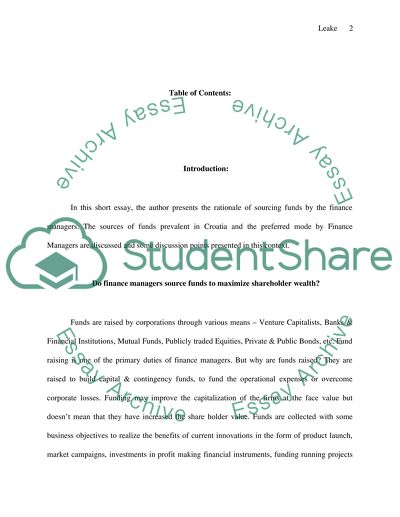Cite this document
(“Sourcing Funds from Venture Capitalists, Creditors, Bonds & Equities Essay”, n.d.)
Retrieved from https://studentshare.org/miscellaneous/1505394-sourcing-funds-from-venture-capitalists-creditors-bonds-equities
Retrieved from https://studentshare.org/miscellaneous/1505394-sourcing-funds-from-venture-capitalists-creditors-bonds-equities
(Sourcing Funds from Venture Capitalists, Creditors, Bonds & Equities Essay)
https://studentshare.org/miscellaneous/1505394-sourcing-funds-from-venture-capitalists-creditors-bonds-equities.
https://studentshare.org/miscellaneous/1505394-sourcing-funds-from-venture-capitalists-creditors-bonds-equities.
“Sourcing Funds from Venture Capitalists, Creditors, Bonds & Equities Essay”, n.d. https://studentshare.org/miscellaneous/1505394-sourcing-funds-from-venture-capitalists-creditors-bonds-equities.


